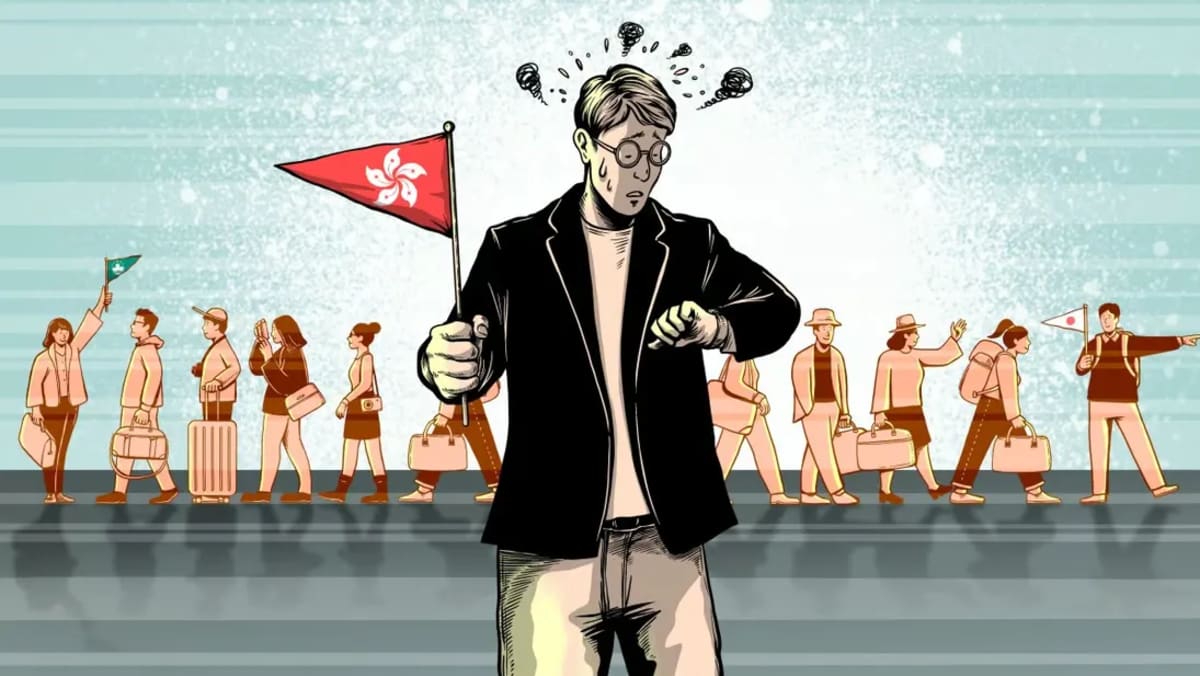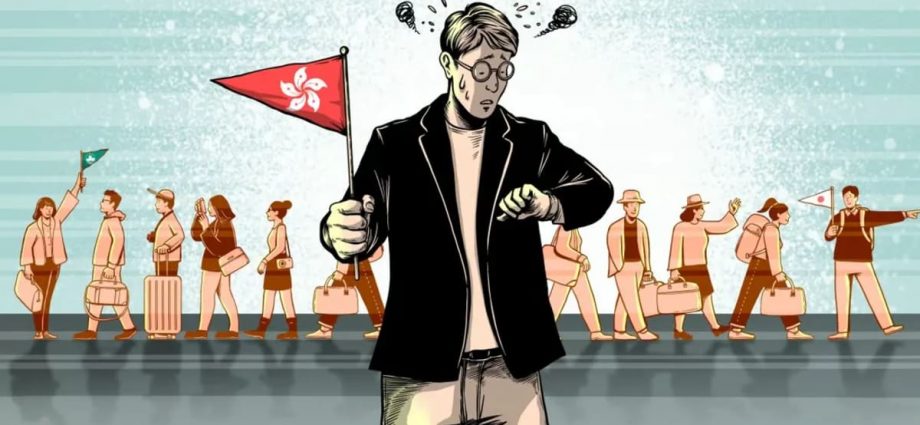
But some industry players have said they believe the city’s tourism trump card could be in reviving cruise tourism and tapping the Greater Bay Area, made up of Hong Kong, Macao and nine cities in Guangdong province.
Last Wednesday, Silversea Cruises’ Silver Spirit became the first international cruise liner to enter the city’s harbour in three years, arriving from Singapore for an overnight stay with 320 passengers from 20 countries.
German operator TUI Cruises’ luxury ship Mein Schiff 5 will visit Hong Kong four times in early March, bringing more than 5,000 visitors.
The Hong Kong Tourism Board has arranged at least 82 ship calls from at least 16 cruise lines this year.
Adam Radwanski, Silversea’s managing director in the Asia-Pacific region, said Hong Kong’s strategic position in the bay area made it an ideal hub for cruises to tap new guests from the region.
“That’s why we anticipate a very fast and strong rebound for not only cruising in Hong Kong, but also tourism in this city,” he said.
Another welcome sign came last Wednesday when mainland customers snapped up HK$35 million worth of travel packages and deals for the seven-day Chinese New Year holiday over a live-streaming event hosted by Trip.com Group’s travel service platform Ctrip. That included the cost of 22,000 hotel room nights.
Thailand emerged as the top destination for mainland tourists over the festive holidays, with travel packages worth 40 million yuan (US$5.89 million) sold out.
Trip.com vice-president Sun Tianxu said Hong Kong authorities could do more to entice mainlanders, by scrapping the PCR test requirement and the need to wear masks on public transport and in specified public areas, and cutting red tape for visa approvals.
“There are still a lot of people queuing to apply for a visa in various cities on the mainland, and it can take five to seven days for approval,” she said.
Former Hong Kong Airport Authority chief Stanley Hui Hon-chung, now CEO at Greater Bay Airlines, said it would take time for global travellers, including those from the mainland, to return to Hong Kong.
“For many people, it is not a tourist destination, but part of their journey to mainland China,” he said. “When tourists stop over in Hong Kong, they may stay here to meet business contacts, shop or tour the city.”
Ultimately, he said, the city’s tourism prospects relied greatly on Beijing’s policies, as mainland tourists were the bulk of arrivals and Hong Kong depended on the country’s visa policies to attract foreign travellers.
“With China opening up its border with Hong Kong, there will be more mainland tourists flocking to the city. They are expected to boost tourism income as they have great purchasing power and a big desire to explore the world,” he said.
Over in Tokyo, Japanese travellers were not yet in any hurry to visit Hong Kong.
“Before COVID-19, Hong Kong was among the top 10 worldwide destinations for Japanese who usually stayed there for about five days. But now it has dropped out of the top 10,” said Sona Choi, a manager at online travel agency AirTrip in Japan.
Despite the weaker yen discouraging international travel, she was upbeat that Japanese tourists would gradually return to the city.
“Hong Kong is convenient, clean, with a lot of food choices,” she said.
Office worker Miki Miyashita, 44, said she planned to travel to Bangkok in March and might stop over in Hong Kong.
“Compared with other Asian cities, Hong Kong is very energetic and it’s near Japan,” she said. “It’s different from Japan with a mix of Eastern and Western culture, and I would like to try the crab there.”
This article was first published on SCMP.

